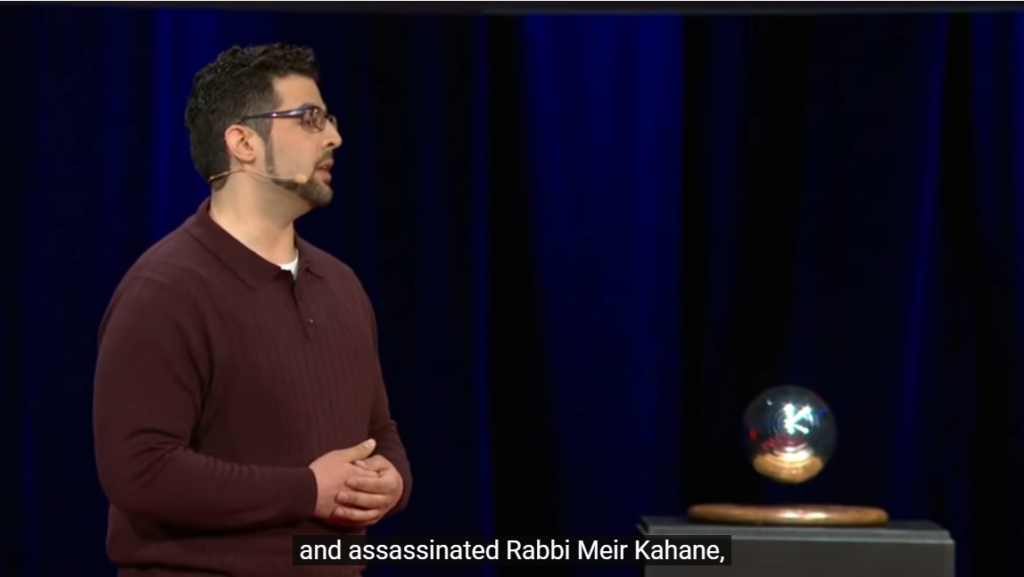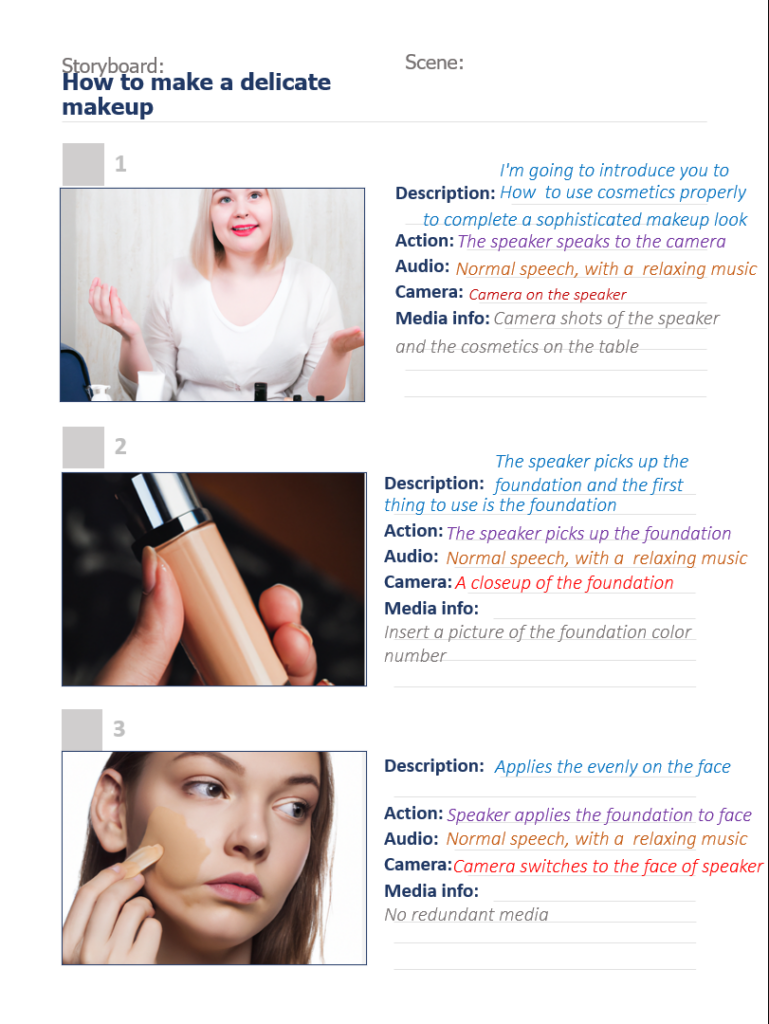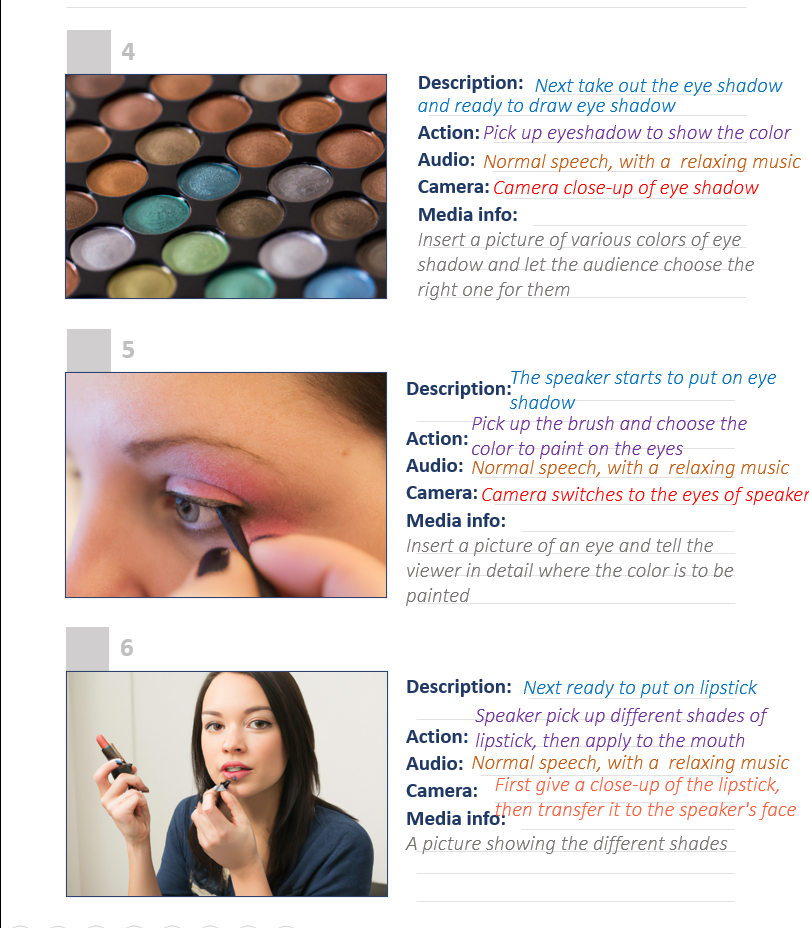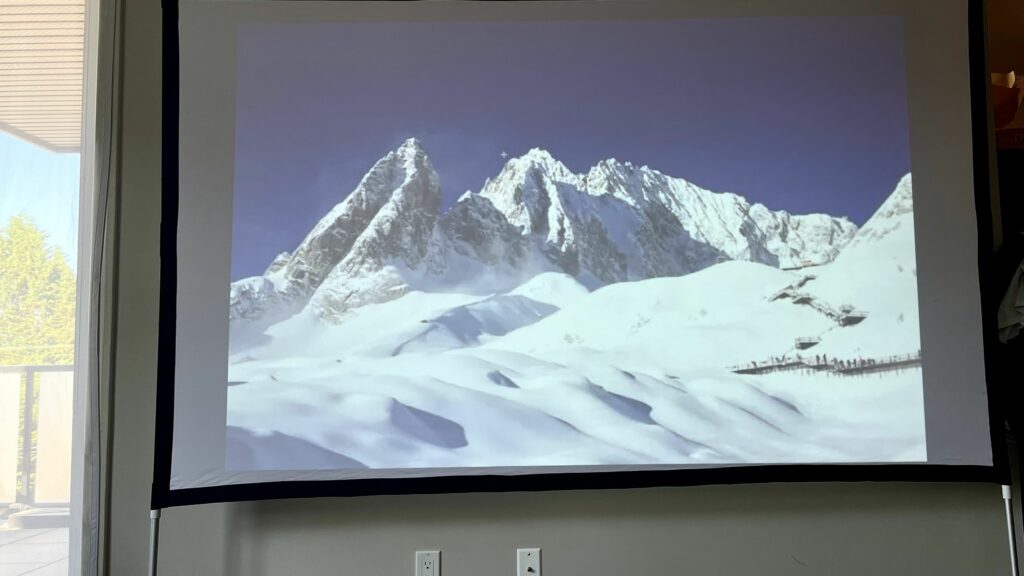Overview:
Tai Chi, as a Chinese intangible cultural heritage, carries the inheritance and development of martial arts culture and is fundamental to the development of modern martial arts.
This week we will learn about:
- The origin and history of Tai Chi
- Tai Chi movements
- The benefits of Tai Chi
Our top priority is to teach the learners the basic Tai Chi moves and we will help learners to learn Tai Chi better through videos, games, PowerPoint and final assignment.
Lesson Objectives:
By the end of this class, you will be able to:
- Can perform some basic movements of Tai chi independently.
- The theoretical knowledge of Tai Chi and the history of Tai Chi.
- Understand the benefits of Tai Chi for people.
- When see one of the movements, will be able to think of which one it is, or rather know it is Tai Chi.
| Big Idea | Tai Chi is one of the traditional Chinese activities, an exercise that is good for physical and mental health, and learning Tai Chi will bring many benefits. |
| Learning Outcomes | At the end of the course, learners will be able to understand the historical story of Tai Chi, know the benefits of Tai Chi and learn the basic Tai Chi movements. |
| Evidence of Learning | Students will successfully complete the activities and quizzes in the course and will be able to do basic Tai Chi independently in their daily lives. |
| Assessments | Students will complete a self-assessment by completing activities, quizzes set in the course. And a video of doing Tai Chi will be shown at the final assessment. |
| Learning Activities | Watch/read videos, articles, and web pages. Participate in interactive games and quizzes in the course. Complete at least one of the Reflection Questions. |
Mayer and Instructional Design Model:
Mayer’s principles used in our courses ( Debell, 2019):
We follow Meyer’s Coherence Principle: people learn best when irrelevant material is not included. In our courses, we make sure that all learning materials are helpful to students, and in the process of creating videos, we make sure to cut out the extras and use only the information that learners need. to ensure text and visuals that are directly related to the learning topic.
Next is the Signaling principle, meaning that they learn best when exactly what to look for is shown on the screen. We created the PowerPoint portion of the course to ensure that the important knowledge could be visualized for the students.
For the Redundancy Principle, this principle suggests that one should ideally not put narration, graphics and text together. If you already have narration and graphics, then the text above is just redundant information. However, during the video production of our course, we minimized the text in order to make the teaching of Tai Chi more detailed as well as to give the learners a clearer understanding of the Tai Chi movements when we had video and narration.
The Spatial Contiguity Principle refers to the fact that people learn best when there is close proximity between text and visuals on the screen. This principle we use for the PowerPoint in Content.
For the Temporal Contiguity Principle, during the production of the video, we made sure that our visuals and the voiceover audio were present at the same time.
In Multimedia Principle, people learn most effectively from words and pictures, not just words. That’s why we have added relevant pictures to the course content in addition to text.
In the video production, all narration voices were recorded by us personally, in line with the Voice Principle.
In addition, in the content, we used H5p to make interactive games and quiz as a course design to increase the fun and learning experience of the learners.
Instructional Design Model:
In designing the course, we used the constructive alignment model to guide students in integrating classroom activities and allowing them to learn through various activities and games. Before the course begins, we inform students of the objectives of the course, the format of the assessment, and the activities that students will need to participate in.
We also used the backwards design model to first identify expected learning goals to ensure students knew what they needed to do during the semester, then create assessments to measure student learning, and finally plan activities and lessons around the goals and assessments that would contribute to student success.
The above is the part I am responsible for in our group’s project, and this is the link to the full Group K project.





Recent Comments